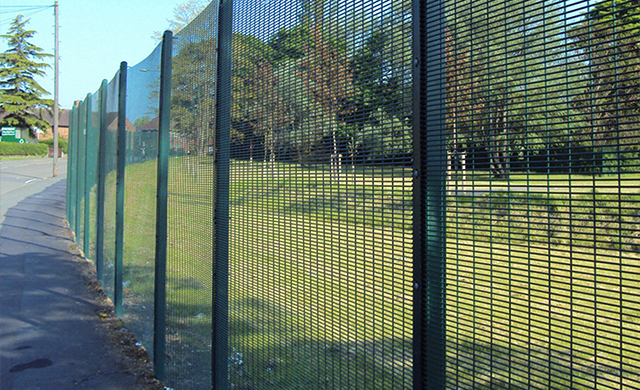

Aug . 02, 2024 14:29 Back to list
Comprehensive Pricing Guide for Welded Wire Rock Fences and Related Products
Understanding Welded Wire Rock Fence Pricing
Welded wire rock fences have increasingly become a popular choice for property owners seeking durable and aesthetically pleasing fencing solutions. These structures not only provide security and protection but also enhance the visual appeal of landscapes. When considering a welded wire rock fence, it's essential to understand the cost factors involved and the broader pricing trends associated with these products.
What is a Welded Wire Rock Fence?
A welded wire rock fence is a type of fencing that combines traditional wire fencing with natural stone or rock. The welded wire serves as a sturdy framework, while the rocks add stability, weight, and beauty to the structure. This type of fencing is particularly favored in rural environments, agricultural settings, and areas near construction sites, as it provides both an effective barrier and an attractive design element.
Factors Influencing Pricing
1. Materials The primary components of a welded wire rock fence include the welded wire panels, the rocks (or stones), and any additional posts or fixtures needed for installation. The cost of these materials can vary significantly based on quality, type, and source. For example, stainless steel or galvanized wire tends to be more expensive but offers better longevity and resistance to rust.
2. Height and Width The dimensions of the fence directly impact the overall cost. Taller and wider fences require more materials and labor, raising the price. Typical heights for such fences range from 4 to 8 feet, with wider applications often commanding higher prices.
welded wire rock fence pricelist

3. Installation Costs Labor costs for installing a welded wire rock fence may differ depending on the complexity of the project, the terrain, and the region. On average, installation can cost as much as 30% to 50% of the total project expense. It’s vital to employ skilled professionals who understand the nuances of working with welded wire and rock to ensure durability and aesthetic appeal.
4. Design and Customization While standard fence designs can be less expensive, customized designs that incorporate unique shapes, decorative elements, or specific types of stone can drive up costs. Customization allows property owners to tailor their fences to their personal style and property needs, but it often comes at a premium.
5. Geographic Location Prices can vary significantly by region due to differences in labor costs, availability of materials, and regional demand. Urban areas may have higher installation fees due to increased overheads, whereas rural areas may offer more competitive pricing.
Average Pricing
While prices can fluctuate based on the factors listed above, homeowners can expect to pay anywhere from $20 to $50 per linear foot for welded wire rock fencing. This estimate typically includes materials and basic installation. However, for more intricate designs or premium materials, costs can range from $60 to $100 per linear foot. It’s always advisable to obtain multiple quotes from local contractors to find the best deal.
Conclusion
Investing in a welded wire rock fence can be a wise decision for those prioritizing both security and aesthetics. Understanding the various factors affecting pricing can help property owners make informed choices. By considering material quality, fence dimensions, and installation costs, individuals can better navigate the pricing landscape and select the optimal fencing solution for their needs. A beautifully constructed welded wire rock fence not only serves a functional purpose but can also enhance the property’s value and curb appeal, making it a worthwhile investment in the long run.
-
SmartAgriPro-Agricultural Efficiency Solutions&IoT Technology
NewsJul.13,2025
-
Sustainable Wholesale Square Fence Posts - Zhejiang Metalwire Industrial Co., Ltd. | Durable Iron Rectangular Posts, Eco-Friendly Materials
NewsJul.13,2025
-
Australia Standard 2.04kg/m Hot-dipped Galvanized Steel Star Picket Y Post - Xiamen Zhonglian Metal Products Co., Ltd.
NewsJul.13,2025
-
Fusion Bonded PVC Coating Chain Link Fence - Shenyang Metal Wire Fencing Co., Ltd.|Durable Corrosion-Resistant Solutions
NewsJul.13,2025
-
Industrial Solutions - AdvancedTech Industries|Operational Efficiency&Sustainability
NewsJul.13,2025
-
3D Curvy Welded Wire Mesh Fence Panel With Square Post-Hangzhou Metal Wire Fencing|Durable Security Solution&Aesthetic Fencing Design
NewsJul.13,2025